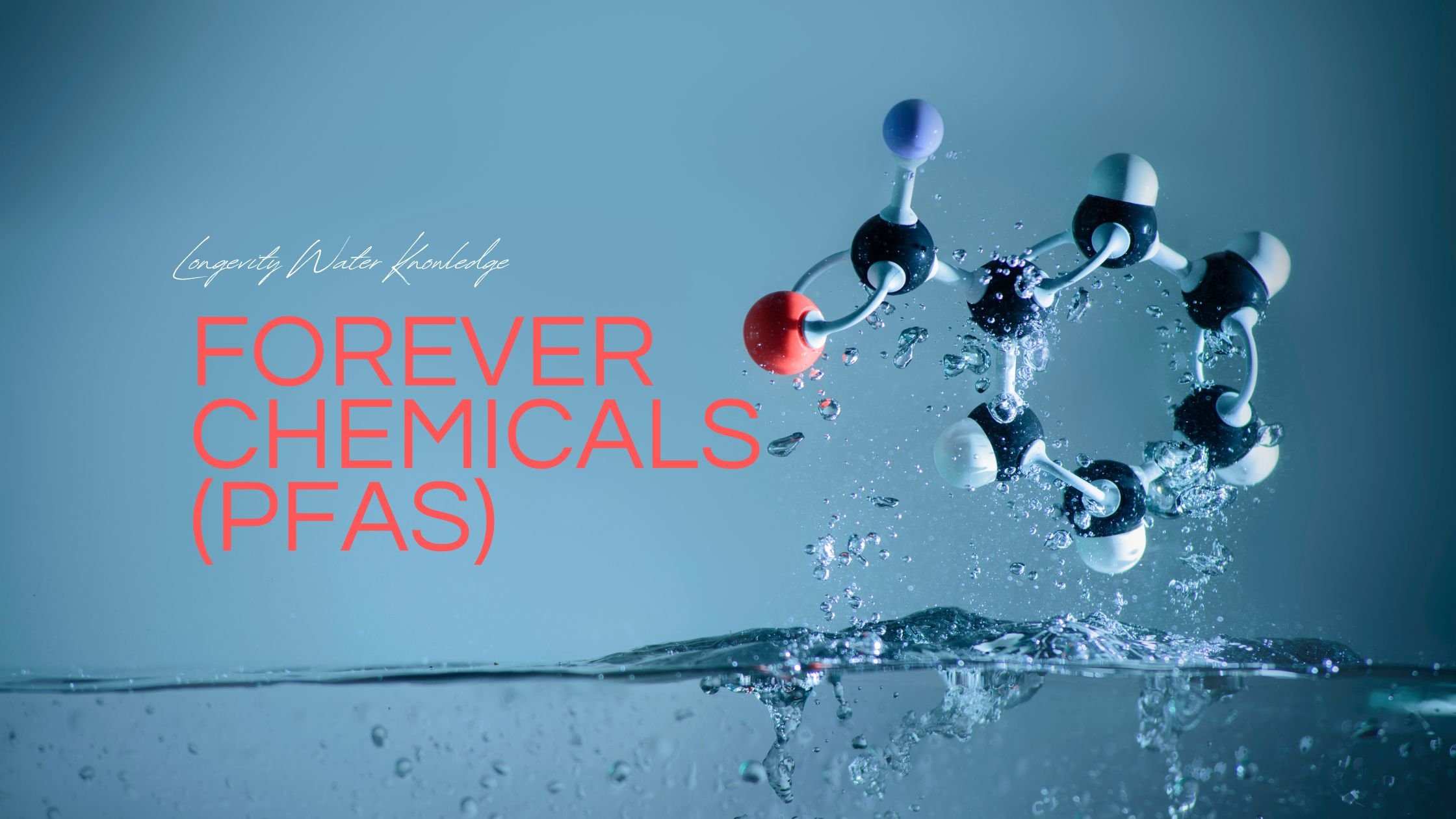EPAs New Regulation on Forever Chemicals (PFAS)
The Environmental Protection Agency (EPA) has officially set safety standards for certain Forever Chemicals found in drinking water sources and in everyday products like nonstick cookware and stain-resistant fabrics. These chemicals, known as PFAS, pose significant health risks.
Several studies have linked exposure to certain PFAS compounds with an increased risk of various cancers, including kidney cancer, testicular cancer, thyroid cancer, and prostate cancer. Other risks included developmental effects, liver damage, immune system dysfunction, endocrine disruption, cholesterol levels, neurotoxicity, kidney damage, reproductive effects, thyroid disorders. These risks are especially concerning due to PFAS contamination in drinking water.
EPA regulation and limits
The EPA regulation aims for zero exposure for two of the most commonly studied PFAS chemicals, PFOA and PFOS, due to the above-mentioned health concerns. While this goal isn't enforceable, they have set a limit of 4.0 parts per trillion in drinking water, which is the lowest level detectable with current technology. Additionally, the EPA has set limits for four other PFAS chemicals found in drinking water, including GenX, at 10 parts per trillion. Since these chemicals are often found together, the EPA has also established a safety limit for mixtures at an enforceable Maximum Contaminant Level Hazard Index of 1.
See the PFAS National Primary Drinking Water Regulation Fact Sheet here.
Massive compliance costs and limited short-term solutions for cities and local water sources
It is estimated that compliance costs could exceed $1.5 billion annually, with costs including water system monitoring, treatment technologies, and communication efforts with citizens. The high cost of compliance could mean water users may not see any real solutions at the local water source level for years, if ever. The National League of Cities (NLC) commented on the regulation in 2023 to challenge the feasibility of the regulations:
“As passive receivers of materials containing PFAS, local water systems neither caused nor contributed to the pollution. We urge EPA to adhere to the polluter pays model and provide sufficient direct funding to comply with this regulation. Additionally, in developing this regulation, EPA should provide local governments with maximum flexibility and a longer compliance timeframe to avoid overburdening communities and ratepayers.” - RE: Per- and Polyfluoroalkyl Substances National Primary Drinking Water Regulation, Docket ID No. EPA-HQ-OW-2022-0114
Removing Forever Chemicals in homes and businesses
In the interim while the federal government and local governments figure out how to take care of Forever Chemicals in water systems, there are currently ways for individual households and businesses to protect themselves against these harmful contaminants.
Whole-house and Point-of-Use (POU) water treatment technologies are already available and are proven to be effective at reducing PFAS from drinking water sources. Longevity Water Systems can customize and install a variety of treatment systems, all Water Quality Association certified, to remove Forever Chemicals.
What water treatments can remove Forever Chemicals?
There are three types of proven advanced treatment technology commercially available for removing PFAS from drinking water, which we covered in our section on “PFAS removal and reduction in water” in an article on Forever Chemicals found here.
Activated Carbon Filtration
Activated carbon filters, such as granular activated carbon (GAC) or activated carbon block filters, are commonly used to remove PFAS from water. Activated carbon adsorbs PFAS molecules onto its surface, effectively trapping them as water passes through the filter.
“GAC has been shown to effectively remove PFAS from drinking water when it is used in a flow through filter mode after particulates have already been removed. EPA researcher Thomas Speth says, “GAC can be 100 percent effective for a period of time, depending on the type of carbon used, the depth of the bed of carbon, flow rate of the water, the specific PFAS you need to remove, temperature, and the degree and type of organic matter as well as other contaminants, or constituents, in the water.”“ - Reducing PFAS in Drinking Water with Treatment Technologies | US EPA
Reverse Osmosis (RO) Filtration
Reverse osmosis systems are also highly effective at removing PFAS from water. RO filtration works by forcing water through a semi-permeable membrane that blocks contaminants, including PFAS, while allowing clean water to pass through. RO systems typically consist of multiple stages of filtration and require periodic maintenance, including membrane replacement.
Anion Exchange
Occurs through a solution designed to “exchange” through absorption resins for a variety of contaminants, including PFAS.
There are also certain challenges, limitations, and considerations associated with each treatment technology at a large scale. At small-scale, such as in a whole-house treatment for residential, these technologies are more feasible and effective.
Let’s clean up your water
The first step to removing PFAS from your home or business’ water is to have our Longevity experts come to you location and run a comprehensive test of your water. From there we will determine the appropriate water treatment system build for your situation.


